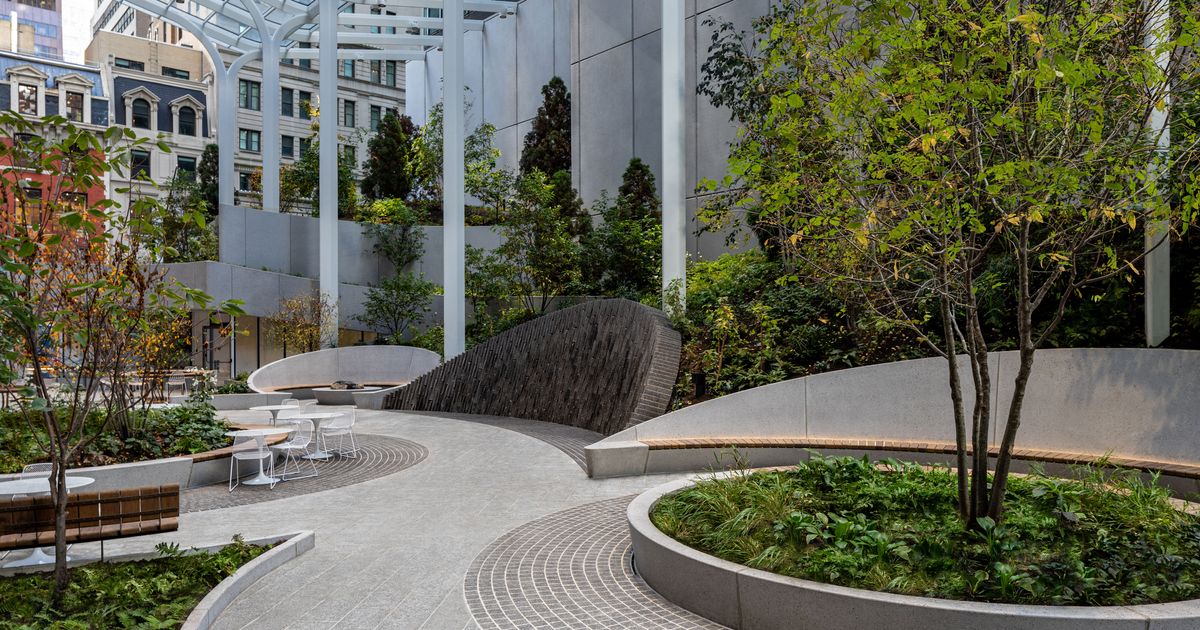What transpires when you mix delicate weather, rain that lasts for a day or two, and fast developing vegetation battling for house? Besides a bounty of flowers, foliage could take on an orange-splattered seem. Nature’s overhead irrigation is not only a boon for the back garden and the gardener, but it also makes fantastic developing problems for the ailment rust.
One of the most frequent fungal conditions of backyard crops, there are countless numbers of distinct species of rust that infect trees, shrubs, ferns, perennials, edibles and extra, like pear, peach, pine, rhododendrons, roses, chrysanthemums, fuchsias, geraniums, lilies and snapdragons. Rusts have been a scourge to people for hundreds of years, impacting vital food and fiber crops like grains, bean and soybean, asparagus, cotton, apple and even coffee. Moreover currently being unpleasant, they can decrease plant vigor and, in severe situations, even kill the plant.
Rust fungi and their injury typically occur on the leaves, stems and fruit of broadleaf vegetation and the bark or needles of conifers. The distinct rusty-wanting powdery spore masses on the undersides of contaminated leaves and other plant sections are termed pustules. Early in the time, they may well look yellow to gentle orange and, in summertime, deepen in shade to dark orange-purple brown. They appear like orange, gelatinous masses on some evergreen hosts.
A lot of rusts have negligible effect on plant health, but selected rusts can kill their hosts. Infected foliage on broadleaf crops may well develop into spotted, convert yellow or brown, and drop prematurely. Severe rust on peach trees can lead to defoliation and decrease produce. Fruit may perhaps display modest, sunken dark lesions that split open by the time the fruit is ripe. Other species injury bark, manufacturing tissue swellings or galls, colourful places or cankers, department dieback and most likely kill the overall plant.
As parasitic biotrophs, these fungi need a living host. They are unable to endure on lifeless plant materials unless of course they deliver a particular variety of spore, a thick-walled resting spore that will allow the illness to endure via the winter season and persist from a person period to the subsequent in plant particles.
Most species of rust fungi have elaborate lifestyle cycles and alternate generations involving two hosts in distinctive plant households. The rust disorder that has an effect on an ornamental tree might have an alternate host that is just an incidental plant in the landscape or even a crop or weed. Some species, like rose rust, have only a solitary host.
Rusts demand cost-free water to reproduce, so rainy temperature, major overnight dew or overhead watering that wets foliage devoid of adequate time to dry generate optimum disorders for this disease, specifically with temperatures at 65 to 70 degrees. An infection is spread mostly by windblown or drinking water-splashed spores that have survived above the winter season.
To preserve rust out of the backyard:
• Decide on ailment-resistant types. Examine seed catalogs, seed deals and plant labels for resistance facts.
• Right before acquiring crops, search closely at the inner and lower leaves to affirm they are ailment-free of charge ahead of bringing them into the backyard.
• Exactly where possible, really do not increase alternate host plants.
• Provide great cultural conditions. Locate crops so they obtain a good deal of daylight and air circulation (really do not crowd them). Retain nutritious soil, and stay away from excessive nitrogen that effects in comfortable, lush advancement.
• Take care of humidity: Steer clear of overhead watering, or if necessary, do it early in the working day to permit time for leaves to dry swiftly. Use drip irrigation or a soaker hose to utilize drinking water to the soil, not the leaves.
If you already have rust:
• Pinch off rust-infected leaves and clear away them from the back garden, even though really do not get rid of a lot more than just one-third of the plant’s foliage.
• Eliminate and wipe out infected twigs, buds and fruit as quickly as indicators seem.
• Collect fallen, infected leaves and needles, and dispose of them away from host vegetation.
Sponsored by UC Cooperative Extension, the College of California Marin Learn Gardeners supplies science- and study-primarily based information and facts for Marin home gardeners. E-mail concerns to helpdesk @marinmg.org. Attach shots for inquiries about plant pests or ailments. The business office is now open for a few days for each week. Be sure to cellular phone 415-473-4910 to see when a Master Gardener will be at the workplace. There is a sample box outside the office so Marin gardeners can fall off samples 24/7. Subscribe to the Leaflet, UC Marin Master Gardener’s no cost quarterly e-newsletter, at marinmg.ucanr.edu.




